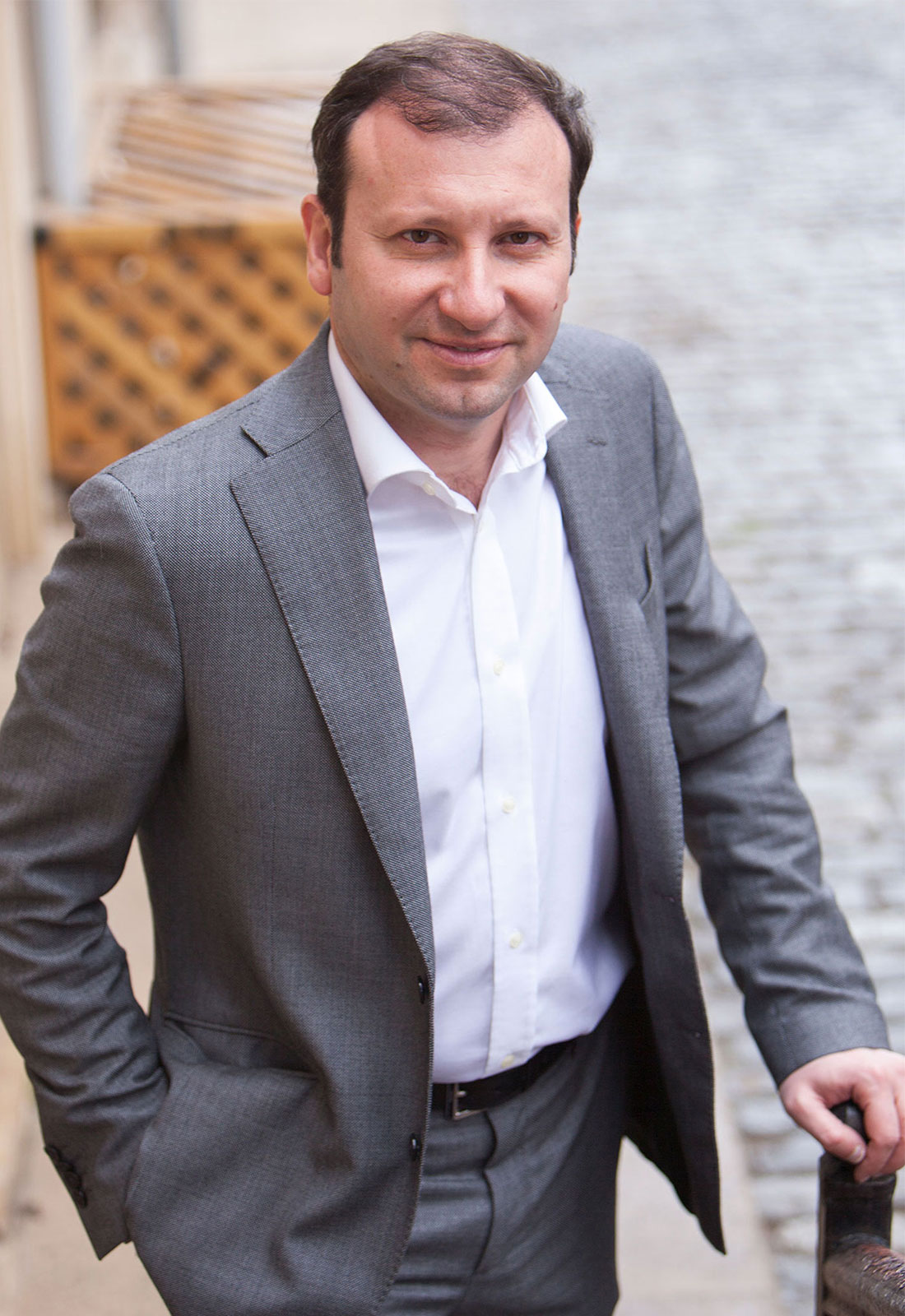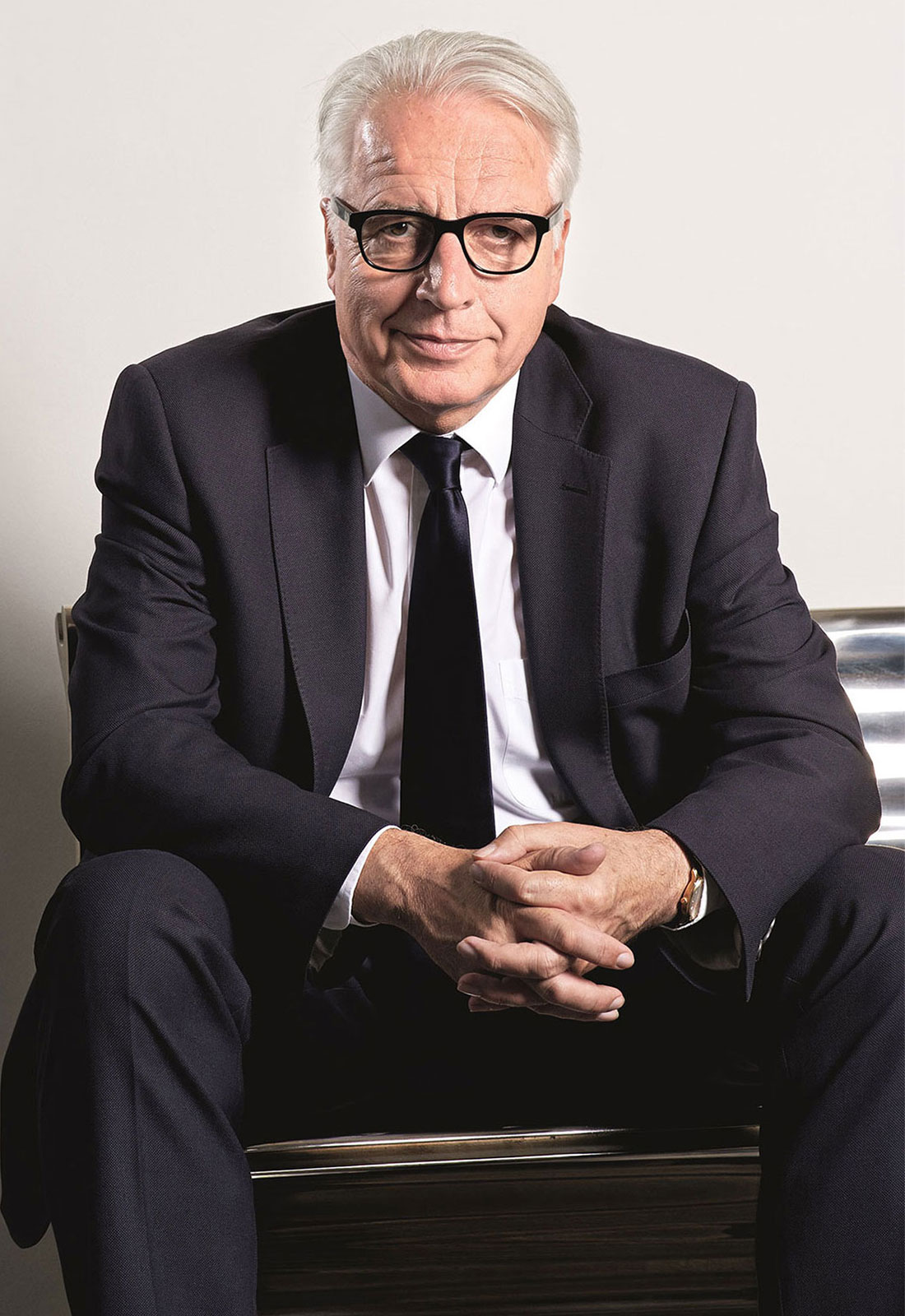Emin Mammadov

The phenomenon of multiculturalism, which is more connected with political issues and to the system of economic and social development, also includes contemporary art issues. The process of globalization, today touching almost all countries of the world, threatens to level the vivid individuality of artistic trends and to lead to the standardization and uniformity of the creative thinking. Azerbaijan, which obtained its political independence in 1991, is following its own path by gradually accumulating economic and social resources. The republic is ethnically heterogeneous, and its culture has always been polyphonic in nature. Despite the complex political conflicts and a prolonged territorial conflict with a neighboring country, the principles of peace and creation continue to be fundamental not only in the policy pursued by the state, but also at the level of human relations. That is why today we have an opportunity to talk about a rich diversity within the framework of a single cultural tradition, the formation of which took place against a background of changing eras, political regimes, revision of religious and ideological doctrines. Modern art of Azerbaijan is closely connected with the cultural tradition, which at the subconscious level affects the addition of artistic language, visual methods, the choice of topics. The theme presented by the national pavilion of Azerbaijan at the 57th Venice Biennale was not chosen by chance - in 2016 Azerbaijan passed under the banner of multiculturalism. The art of living in peace and harmony under one common sun served as a starting point for the study of young artists working in various types of contemporary art.
"Hypnotica“ performance group has carried out a number of interesting video-mapping projects, both in Azerbaijan and abroad, and they will perform at the Venice Biennale with 3 big projects: Unity, Traffic, Profile. As you know, modern culture tends to synthesize different types of arts, and media art with the use of interactive installations largely reflects the specifics of modern perception: from the simple consumption of information - to information, from a vivid image - to imaginative thinking, from visual and verbal context - to the abstraction and coding. Code, stroke, sign - the language of symbols that form the concept - "Hypnotica" examines the codification of thinking, the matrix as a container of non-material memory, capable of renewal, accumulation, and analysis.
Another author, Elvin Nabizada, has designed two installations for the exhibition – “Under one sun”, “Sphere”. Through the form and sound background of the traditional instrument – the saz, which in the hands of the ashik narrator, masterfully mastering it, sounds sonorous, with a gentle timbre, the artist speaks of a commonality and a single, spiritual core of the peoples, the music of whose speech, in spite of different languages and dialects, merges into a harmonious melodious melody, the echoes of which are audible even in the remotest areas of Azerbaijan. Another installation, the spherical composition of which is collected from various musical instruments, characteristic for the different peoples of Azerbaijan, creates a surprisingly harmonious streamline shape. There are no sharp corners nor vision-cutting elements, no contradictions - an instrument, as part of the soul of the people, with its sound that gives birth to a whole world filled with harmony and beauty, touching the finest strings of soul.
Emin Mammadov
Curator of the Pavilion
Prof. Dr. Martin Roth

Since times immemorial in Azerbaijan a great many people from very different backgrounds live alongside each other. Within a major region that combines European and Eastern civilizations, it is unavoidable that religion, philosophy, and political theories confront each other.
Azerbaijan is a perfect sample of a complex society, which promotes acceptance of different languages and cultural backgrounds, the culture of living together mostly in harmony and equality in a multicultural and multi-religious society, supporting each other in a sometimes rough natural environment.
Azerbaijan is not so big country, but its varied landscape and rich nature also reflect and find themselves in harmony of diverse cultural expressions under one sun.
A peaceful cultural exchange of all different cultures in Azerbaijan and the preservation of the best traditions of Eastern hospitality, a vital principle to all peoples living on this land, spark wonder in this age of globalization, ethnic conflicts, intolerance, and aggression. This is the true art that the people of Azerbaijan have mastered.
In 2017, the Azerbaijan national pavilion for the 57th International Art Exhibition – la Biennale di Venezia hosts the exhibition Under One Sun. The Art of Living Together. The aim of the exhibition is to find out an own artistic contemporary interpretation of the cultural diversity of Azerbaijan.
Thus, curators of the exhibition asked young artists to show their opinion and to express their freedom in a diverse cultural society.
A group of young artists experimenting with mixed media challenges humanity to contemplate this crucial issue: the art of living together.
Works by Hypnotica, a visual performance art group, and by installation artist Elvin Nabizade lay bare Azerbaijan’s cultural and ethnic diversity.
Within the exhibition, artists present interactive multimedia projects, video mapping and installations. These artists used different media trying to show the combining element of traditional analogue and contemporary digital art in Azerbaijan.
Under One Sun. The Art of Living Together reveals Azerbaijan’s amazing and kaleidoscopic culture, from its origins and traditions to its diverse manifestations today.
Prof. Dr. Martin Roth
Curator of the Pavilion